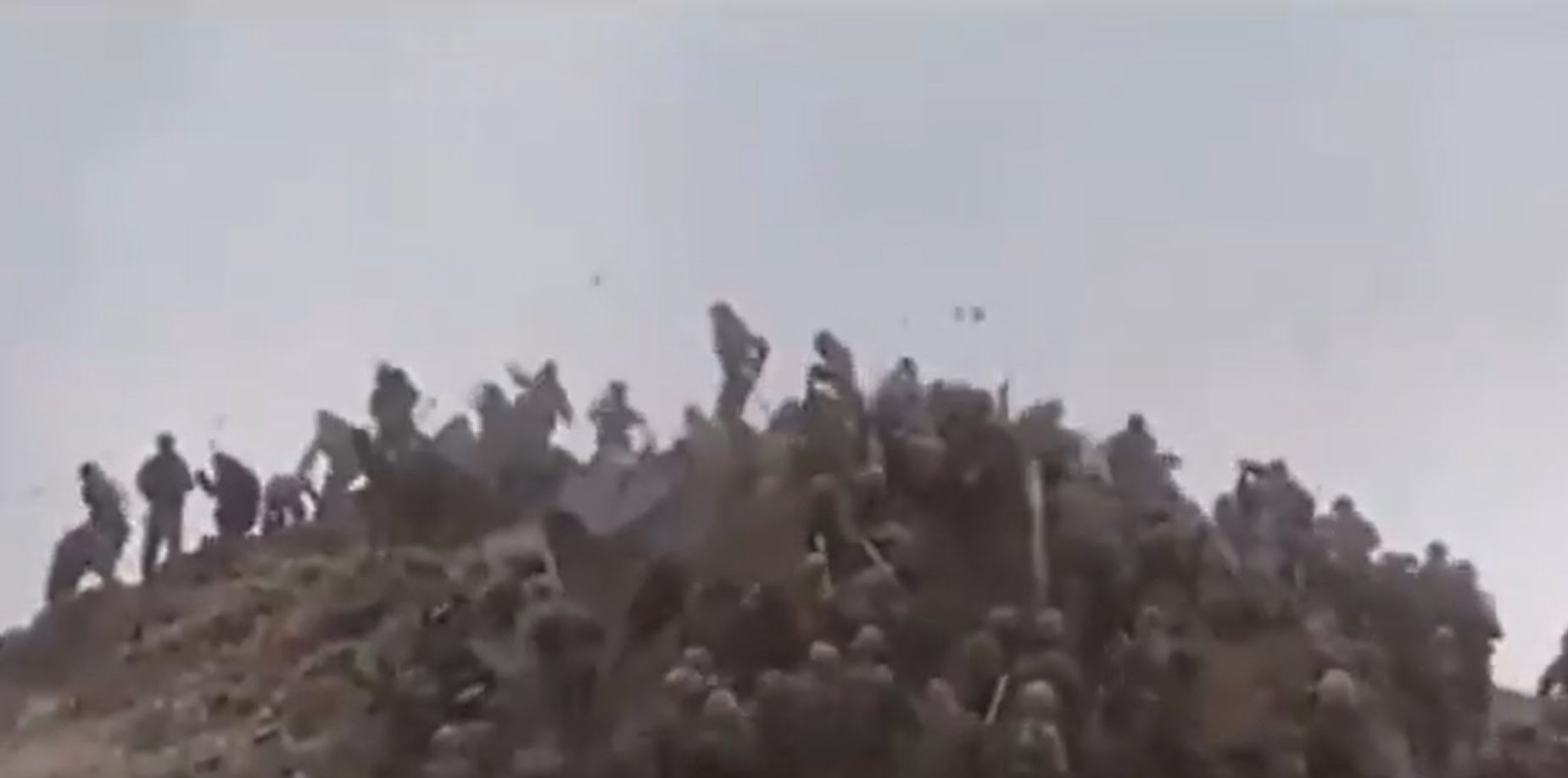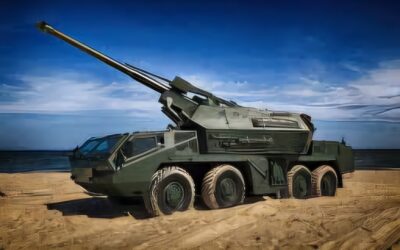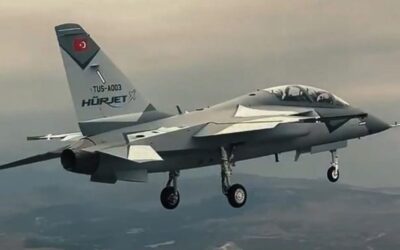MULTIMEDIA CORNER
MULTIMEDIA
CORNER

Several videos that occasionally circulate on social media show fierce clashes between Chinese and Indian troops on the border between the two countries.
In these videos, it is clear that the border forces of the two countries are fighting and throwing stones at each other. Many wonder, however, why the soldiers of India and China engage in hand-to-hand combat rather than use any weapons and what actually keeps them from doing so.
The answer lies in the two countries’ agreements signed in 1996. The 1996 agreement forced the two countries to build military confidence-building measures along the line of control on the India-China border.
“In order to avoid dangerous military activities along the line of control in the India-China border areas, neither side will open fire, cause bio-degradation, use hazardous chemicals, conduct blast operations or hunt with guns or explosives within two kilometers from the line of actual control. This prohibition will not apply to routine firing activities in small arms firing ranges,” says Article VI (1) of the 1996 Agreement.
Also read: India-China conflict | Tension resolution after the deadly clash
However, Article VI in paragraph 4 is what is applied by both states in the present case: “If the border personnel of the two sides come in a face-to-face situation due to differences on the alignment of the line of actual control of any other reason, they shall exercise self-restraint and take all necessary steps to avoid escalation of the situation. Both sides shall also enter into immediate consultations through diplomatic and/or other available channels to review the situation and prevent any escalation of tension.”
However, none of the articles of the agreement foresaw this development, i.e. hand-to-hand combat without the use of weapons, resulting in incidents such as the one in June 2020, where 20 Indian soldiers were killed in fights with Chinese soldiers.
In this clash, the Chinese border guards used improvised bats with blades and nails.
https://twitter.com/ajaishukla/status/1273478468919951361
The Indian military later said 17 of the dead soldiers wounded in the fights had “succumbed to their injuries” after being “exposed to sub-zero temperatures at high altitude”. India also claimed that the Chinese side suffered 43 casualties, including dead and wounded.
The Indian Express, citing Indian Army officials, said most of the soldiers who clashed with the Chinese soldiers were carrying their personal weapons and ammunition.
This is the case, confirmed by videos and photos of patrols showing soldiers carrying their weapons but with their barrels facing down. This is part of the practice to avoid accidental firing or misunderstanding due to the barrel of the weapon.
According to the report, since 1962 not a single round has landed on the Sino-Indian border (i.e. India and China) in Ladakh, and so this practice has passed on to soldiers who do not open fire for any reason.
In such an environment, any other weapon that does not fire any form of ammunition has been accepted for use by soldiers in hand-to-hand combat. Although people were injured in such clashes, no one died due to the use of rocks and sticks. However, the violent use and processing of these weapons is increasing over time, as observed during the Pangong Tso clash on May 5/6, which injured more than 70 Indian soldiers.
Also read: India-China conflict | Tension resolution after the deadly clash
The report in the Indian Express quoted reliable sources, reported that the Indian Army has ordered full body protectors and anti-riot gear for soldiers deployed in these areas, giving credence to the notion that no Indian soldier will open fire. Last summer’s incident happened under these circumstances, although the Army’s rules of engagement allow soldiers to open fire if their lives or the lives of their brethren are threatened.
Indian Army officials, however, say there is another side to the story. During the conflict, where Indian and Chinese soldiers clashed hand to hand, it was very difficult to open fire without hitting any of their men. This, they claim, was the reason why the soldiers did not open fire even when their Commander and 19 other men were killed and 10 others were taken prisoner.
Despite the questions about the terms of engagement created by these fights, fortunately for the two countries, but also for the rest of us, the tensions do not escalate. These are two giant armies with nuclear weapons. In the event of a complete conflict, with the use of all military means, the consequences for the region and the entire planet will be catastrophic and irreversible.
Also read: 2020 | A year full of wars – The deadliest conflicts around the world
BATTLEFIELD ReDEFiNED 2024 | The premier Defence and Security Conference Successfully Concludes in Cyprus – Photos
The International Defence and Security Conference “BATTLEFIELD ReDEFiNED 2024” was successfully concluded on Friday, 13, December 2024…
BATTLEFIELD ReDEFiNED 2024 | The Major Defence and Security Conference has Started in Cyprus – Photos
The defence and security conference, BATTLEFIELD ReDEFINED 2024, started today and is taking place in Nicosia…
Excalibur Army | Debut in BATTLEFIELD ReDEFiNED 2024
Excalibur Army, a CSG group company based in Prague, is participating for the first time in BATTLEFIELD ReDEFiNED 2024, the leading…
Losses for North Korea in Ukraine | 1,100 soldiers have been killed or wounded
North Korea’s losses in the Russia-Ukraine war are heavy, as more than 1,000 North Korean soldiers have been killed or injured…
THEON INTERNATIONAL | Projection for continued growth for the financial year 2025 with a high margin for profitability
THEON INTERNATIONAL PLC (THEON) has announced its projections for the financial year 2025. Revenue is expected to…
Greece | PDPA’s “yes” to Placing Police Cameras on the Streets
The Personal Data Protection Authority gave the green light to the Hellenic Police’s placement of cameras on the streets to prevent and…
MBDA | Modernising TAURUS Missiles for the Bundeswehr
The Bundeswehr and TAURUS Systems GmbH (a joint venture between MBDA and SAAB) have signed a contract for the maintenance and…
Syria | New Minister of Defence Murhaf Abu Kasra
Syria’s new leaders have appointed Murhaf Abu Kasra, a prominent figure among rebels who ousted Bashar al-Assad, as…
Turkey – Spain | Memorandum of Cooperation for the Development of Turkish Hurjet Training Aircraft
Turkey and Spain have signed a Memorandum of Understanding (MoU) to develop Turkish-made Hurjet trainer-light fighter aircraft.




















0 Comments